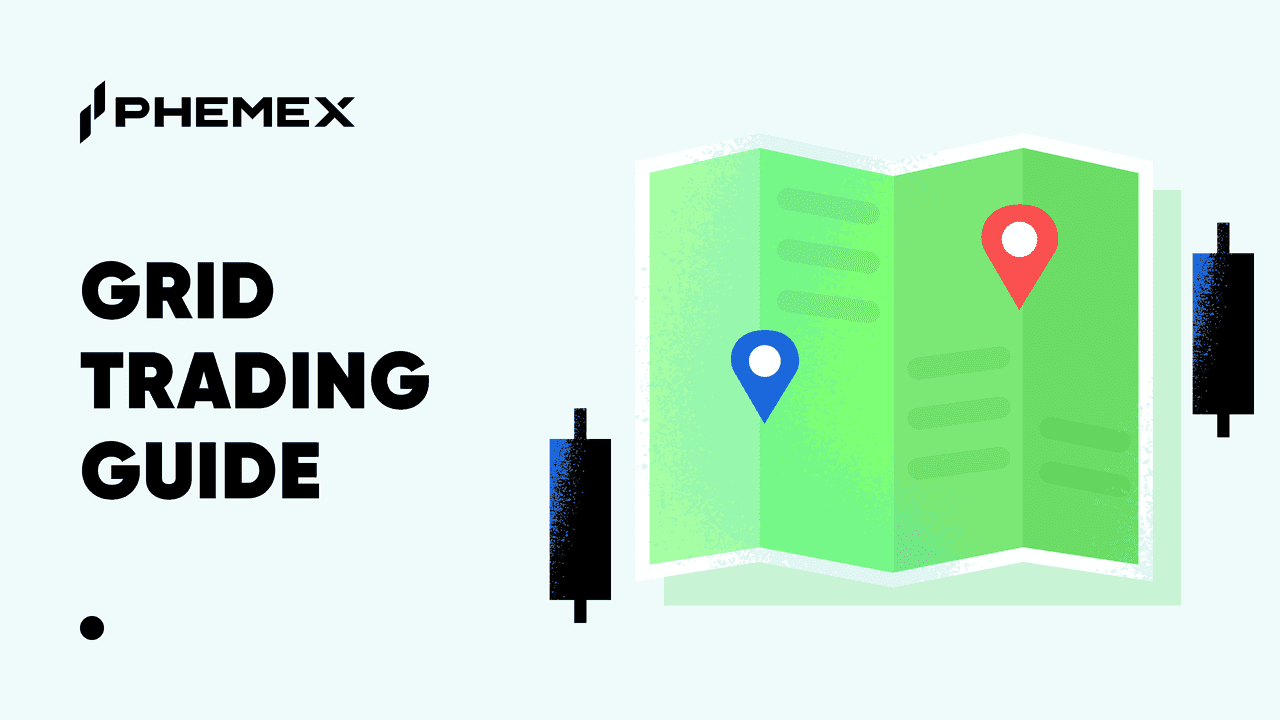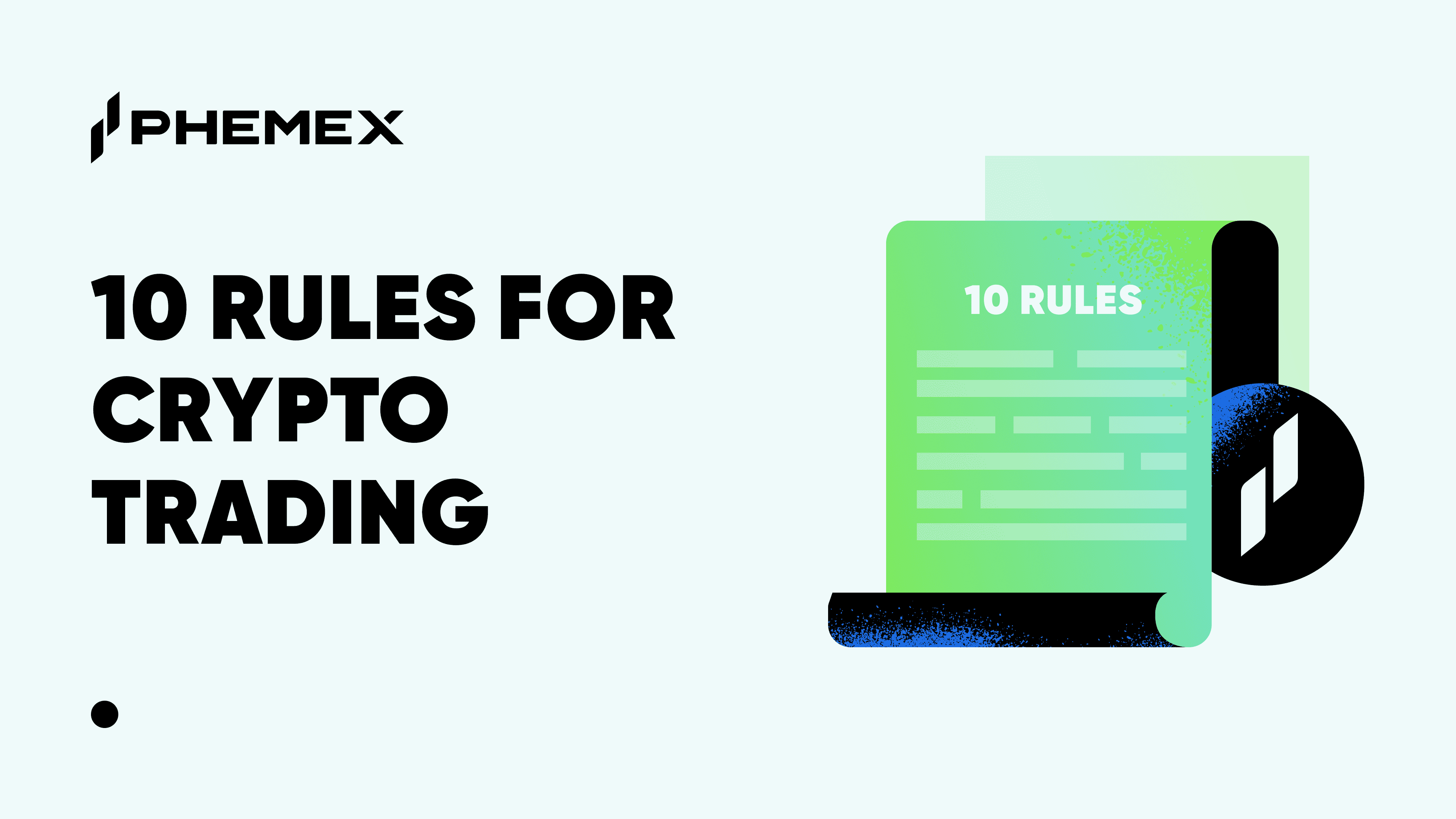Cryptocurrency arbitrage is a trading strategy that leverages price discrepancies between identical crypto assets on different markets or different cryptocurrency pairs in the same market in order to generate relatively low-risk profits.
The concept of arbitrage, or taking advantage of market inefficiencies, is neither new nor exclusive to cryptocurrencies. Arbitrage has been around for decades, and it’s been a popular trading strategy used in finance ever since the first stock, bond, commodity, and forex markets appeared.

How Does Crypto Arbitrage Work?
Before explaining how arbitrage trading works, we must first look into how cryptocurrency exchanges make markets, quote prices, and why the same coins can sometimes have different values across exchanges.
The first important concept to understand is order books.
Order books
Order books are dynamic, real-time electronic records employed by centralized cryptocurrency exchanges to record and display traders’ interest in particular crypto assets at any given time.
While order books can seem intimidating at first with all their changing numbers and constant flashing for no apparent reason — the underlying concept is quite simple.
Order books have two sides and display four key data points. The two sides are the buy-side and the sell-side, and the four points are the bid, the ask, the amount, and the price.
What is The Buy-side?
The buy-side of the order book shows all of the pending buy orders below the last traded price. The prices at which buyers are interested are also called bids. In other words, a bid is essentially a statement indicating: “I am willing to buy X amount of units at Y specific price.”
The value of one cryptocurrency is typically quoted against another crypto (a.k.a a trading pair). Thus, an order book bid would read like this: “I am willing to buy 1 BTC at the price of 40 ETH.”
What is The Sell-side?
Conversely, the order book’s sell-side contains all pending sell orders (a.k.a. “asks”) above the last traded price. A seller’s ask would read as: “I am willing to sell 40 ETH at the price of 1 BTC.”
Besides displaying real-time supply and demand, order books also provide information regarding the “market depth” or the liquidity of a crypto asset on an exchange.
What does Liquidity mean?
In this context, liquidity refers to the speed at which an asset can either be bought or sold at different prices on an exchange. One of the best ways to measure liquidity is through trading volume, calculated by multiplying the price of an asset with how many times it is traded over a period of time. High liquidity means that a large number of people are actively trading the asset. The more buyers and sellers are available, the easier it is to find someone to trade against. This also lowers the possibility of incurring slippage (having to trade at the next best price as there isn’t enough liquidity at your target price). On the other hand, low volume and low liquidity make trading and arbitrage much more costly or difficult.
Why do Exchanges Have Different Crypto Prices?
Now that we understand order books — or how cryptocurrency exchanges quote prices and make markets — it is easier to understand why identical cryptocurrencies can have different prices and how arbitrageurs can exploit these discrepancies for profit.
The two primary reasons for such price variations are the lack of standard pricing and the differences in liquidity across cryptocurrency exchanges.
Because cryptocurrencies are generally not managed by sovereign countries nor pegged to fiat currencies, they do not have universally recognizable standard prices. Instead, their price is entirely determined by the market’s supply and demand. Since each cryptocurrency exchange is essentially its own market with different liquidity levels on their order books, it’s only normal that one asset could be priced differently across multiple exchanges.
If supply and demand for a cryptocurrency differ across markets, then so will the price.
How Traders Make Money with Crypto Arbitrage?
An arbitrage trader’s job is to take advantage of these price differences and profit regardless of which direction the market is headed in. For example, if at one point the price of Bitcoin is at $23,000 on Binance and $22,850 on Phemex, an arbitrageur would quickly purchase a BTC on Binance to sell it on Phemex for a profit of $150 minus fees.
Of course, this execution only works in theory, under ideal conditions.
Is Crypto Arbitrage Profitable?
In practice, arbitrage trading is incredibly competitive, and opportunities only last as little as a few seconds. Arbitrageurs must account for a lot more than just price differences; trade execution speed, timing, fees, taxes, liquidity, position size, and withdrawal procedures are all factors that play a critical role in the profitability of a trade.
To understand a more realistic process of an arbitrage trade, we must dig deeper.
Types of Crypto Arbitrage
Simple or Cross-Exchange Arbitrage
Simple or cross-exchange arbitrage refers to the buying and selling of a coin as described above. As the name suggests, cross-exchange arbitrage involves buying a cryptocurrency for a lower price on one exchange, transferring it to another, and selling it at a higher price for a profit.
While the transaction seems simple in theory, it is significantly more complicated in practice, involving multiple sub-steps and challenges.
To even begin the process, a trader would have to pre-fund multiple exchange accounts. Arbitrage opportunities between spreads (the gap between the highest bid and the lowest ask) exist only for a matter of seconds, while cross-exchange transfers and withdrawals can take hours or even days. Cross-exchange arbitrage requires simultaneous or nearly instantaneous buying and selling, making it practically impossible to complete without pre-funded accounts.
The next step is to identify and quantify these arbitrage opportunities. This involves constant monitoring and comparing the highest bid with the lowest ask prices across multiple exchanges, searching for overlaps in values. Even when an opportunity does arise, it must then be measured by calculating the size of the spread accounting for the asset’s liquidity along with the maker, taker, and withdrawal fees of both exchanges. Often, such fees will yield a trade unprofitable despite a notable difference in prices.
Finally, only after all favorable conditions have been met will an arbitrageur execute the transactions. However, as mentioned, if this is not done with haste, a competitor may have already eliminated the opportunity.
Triangular Arbitrage
Triangular arbitrage is a trading strategy that exploits the price differences between three different cryptocurrencies on the same exchange to generate profit.
In this scenario, an arbitrage opportunity arises when a specific crypto is overpriced against one coin but underpriced against another one on the same exchange.
For example, Bitcoin may be overpriced against Litecoin but underpriced against Ethereum. In this case, an arbitrageur would use Bitcoin (the so-called “base” cryptocurrency in this trade) to buy Litecoin, use this Litecoin to buy Ether, and then make a full circle back and sell the Ether to buy back Bitcoin. If the calculations were correct and every trade executed according to plan, then the final Bitcoin count will be higher than the original amount.
The benefit of triangular arbitrage over simple arbitrage is that it allows the trader to remain on one exchange avoiding additional withdrawal fees.
On the other hand, the drawback is that the spreads between multiple currency pairs on the same exchange are usually very tight (less than 1%), which means that the profits per trade are incredibly tiny. What’s more, triangular arbitrage opportunities also don’t tend to last for more than a few seconds. Identifying and quantifying these generally requires specialized software for advanced automated trading.
Cross-Border Arbitrage
Cross-border arbitrage, also known as regulatory arbitrage, is a trading strategy that takes advantage of price differences between the same cryptocurrency on multiple exchanges located in different jurisdictions.
Sometimes, due to regional restrictions and the complexity of cross-border transactions, a cryptocurrency can have vastly different prices across different countries.
The most recognized real-world example of this is the so-called kimchi premium.
So, What is The Kimchi Premium?
The kimchi premium refers to Bitcoin’s significantly higher prices on South Korean cryptocurrency exchanges. Namely, this is due to capital restrictions and the lack of other high-return investment opportunities in the country. In late 2017 and early 2018, Bitcoin’s price on these exchanges shot up and stood at 30-50% higher than the rest of the world. This created a substantial cross-border arbitrage opportunity for foreign investors. Foreign arbitrageurs would buy Bitcoin on Western exchanges, transfer to South Korean exchanges, and sell these at a considerable profit margin.
As with all arbitrage opportunities, the kimchi premium didn’t last for long. Within a couple of months, the spread shrank significantly, and Bitcoin’s South Korean prices returned to the global average.
Is Crypto Arbitrage Legal?
In terms of legality, arbitrage trading is no different from any other type of cryptocurrency trading.
That being said, cryptocurrency regulation varies across different countries and jurisdictions, so it’s best to check with your local laws before proceeding.
The most important consideration is the tax implications of cryptocurrency trading. Some counties like the U.S. and Australia classify Bitcoin and other similar cryptocurrencies as property, which means these transactions are subject to capital gains tax.
On the other hand, Germany, Switzerland, Japan, and China treat cryptocurrencies as private money, foreign currency, legal payment methods, and virtual commodities, respectively. In these jurisdictions, crypto transactions aren’t subject to capital gains tax but might be subject to other tax regulations.
Conclusion
Cryptocurrency markets are still young, volatile, loosely regulated, and often populated by unsophisticated investors. This makes them significantly more inefficient than their traditional counterparts. And while this certainly has its drawbacks, it also means substantially more arbitrage opportunities for traders to profit from.
While the opportunities certainly are there, arbitrage trading certainly isn’t risk-free. The process can be quite complex and requires significant expertise and experience to master.
However, crypto markets never sleep; they’re global, open 24/7, and available to virtually everyone. Once mastered, cryptocurrency arbitrage can become an immensely lucrative practice that can be further automated and scaled with custom tools.
Read More
- What is Cryptocurrency & How It Differs From Digital Cash
- How To Trade Crypto: The Ultimate Investing Guide
- Crypto Trading vs. Investing: Key Differences Explained
- Day Trading Crypto for Beginners: Get started with Day Trading
- What is High-Frequency Trading and How does HFT work?
- What is Arbitrum & How does it Work?
- Crypto Price Action Trading Strategy
- What are Crypto Cross Trades: Marginal or Mainstream?








